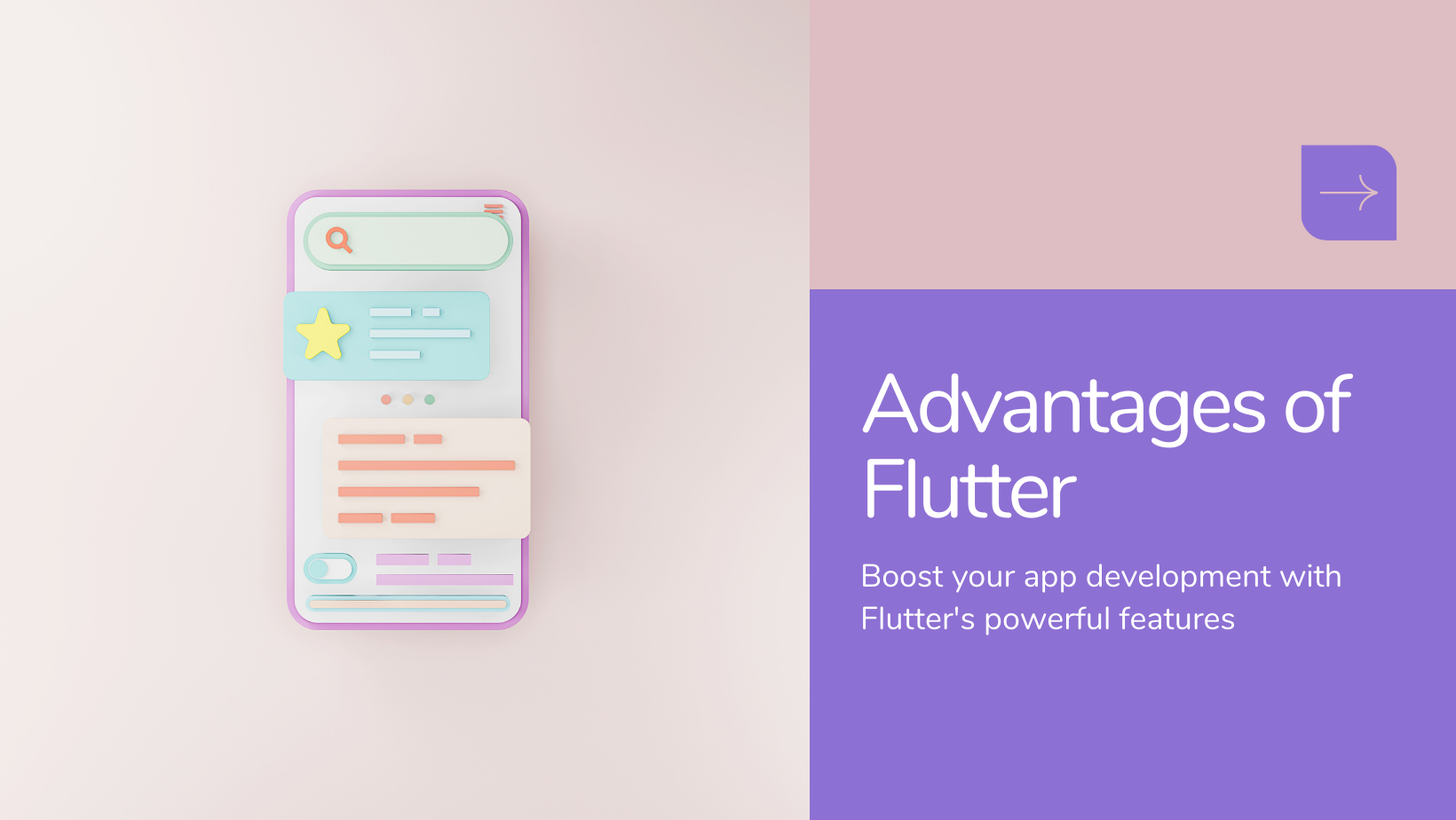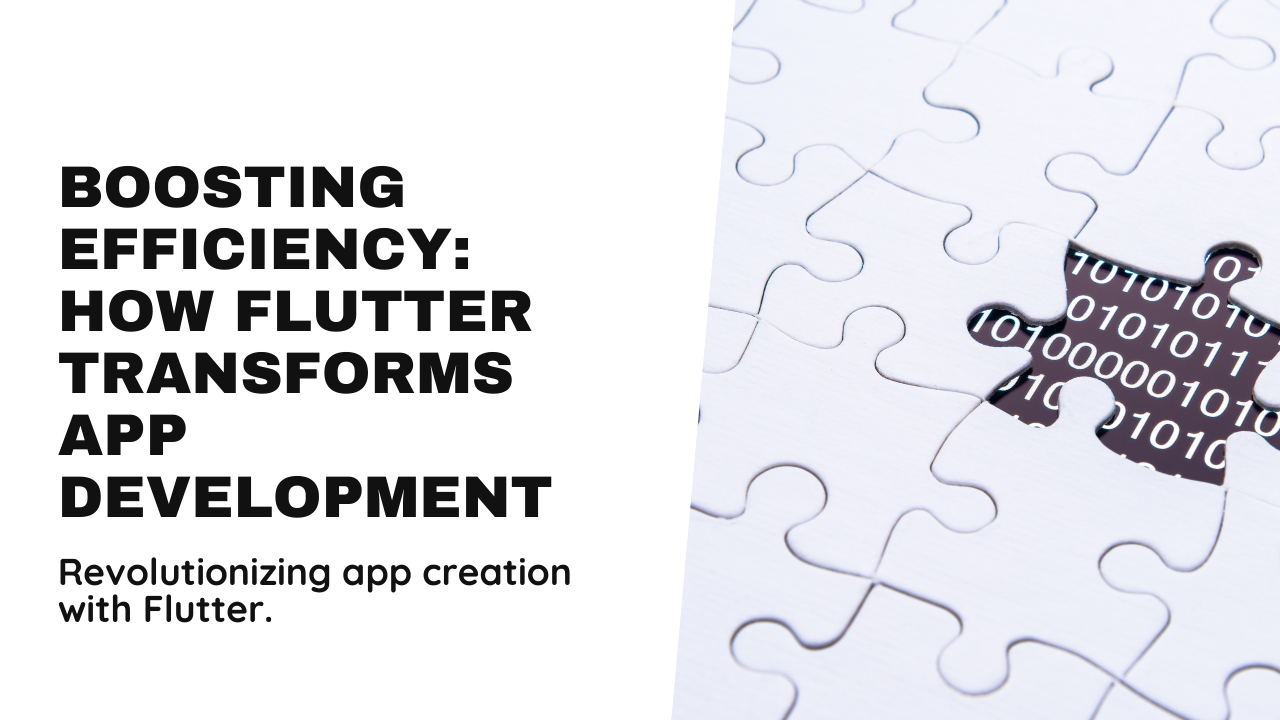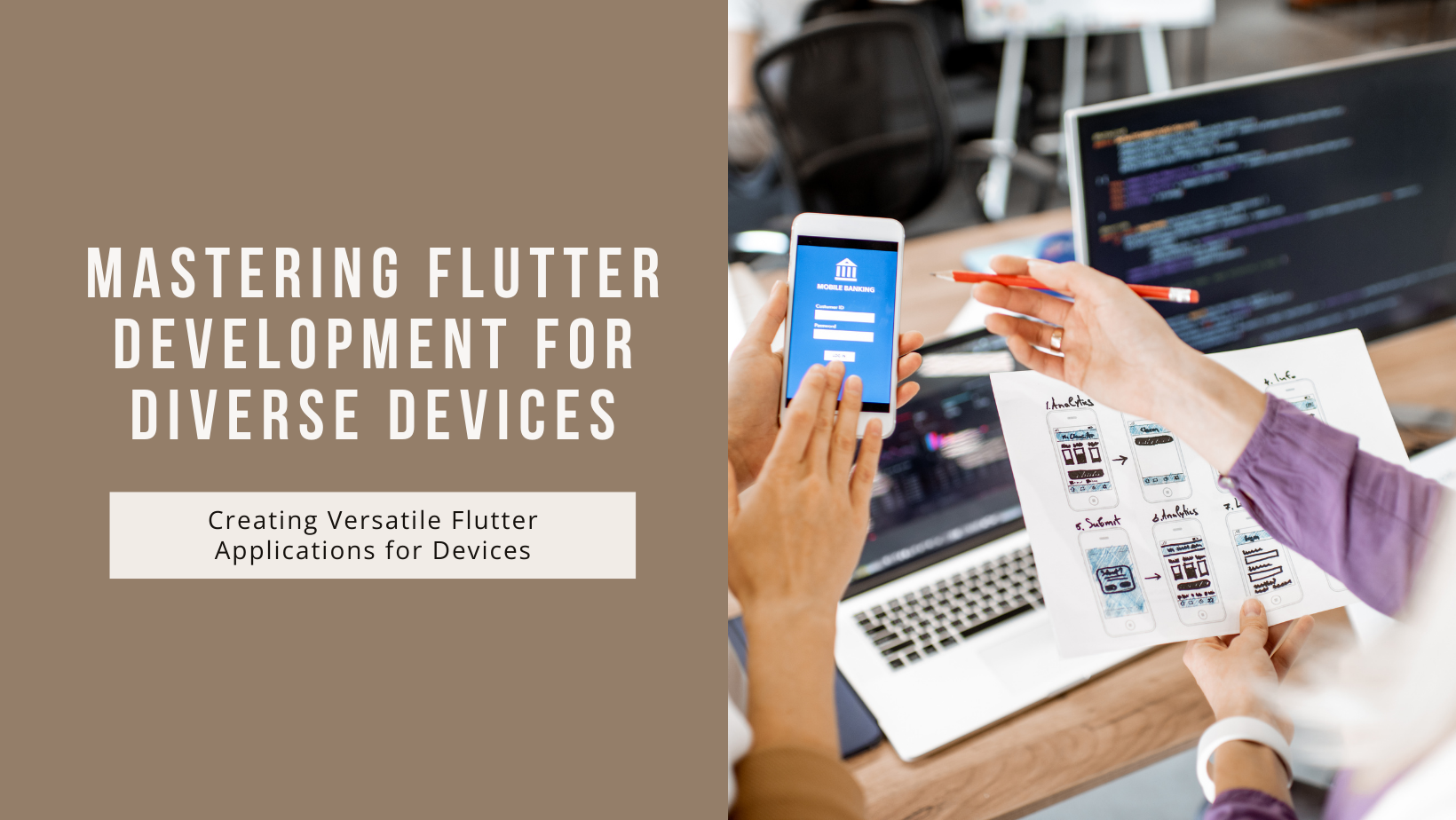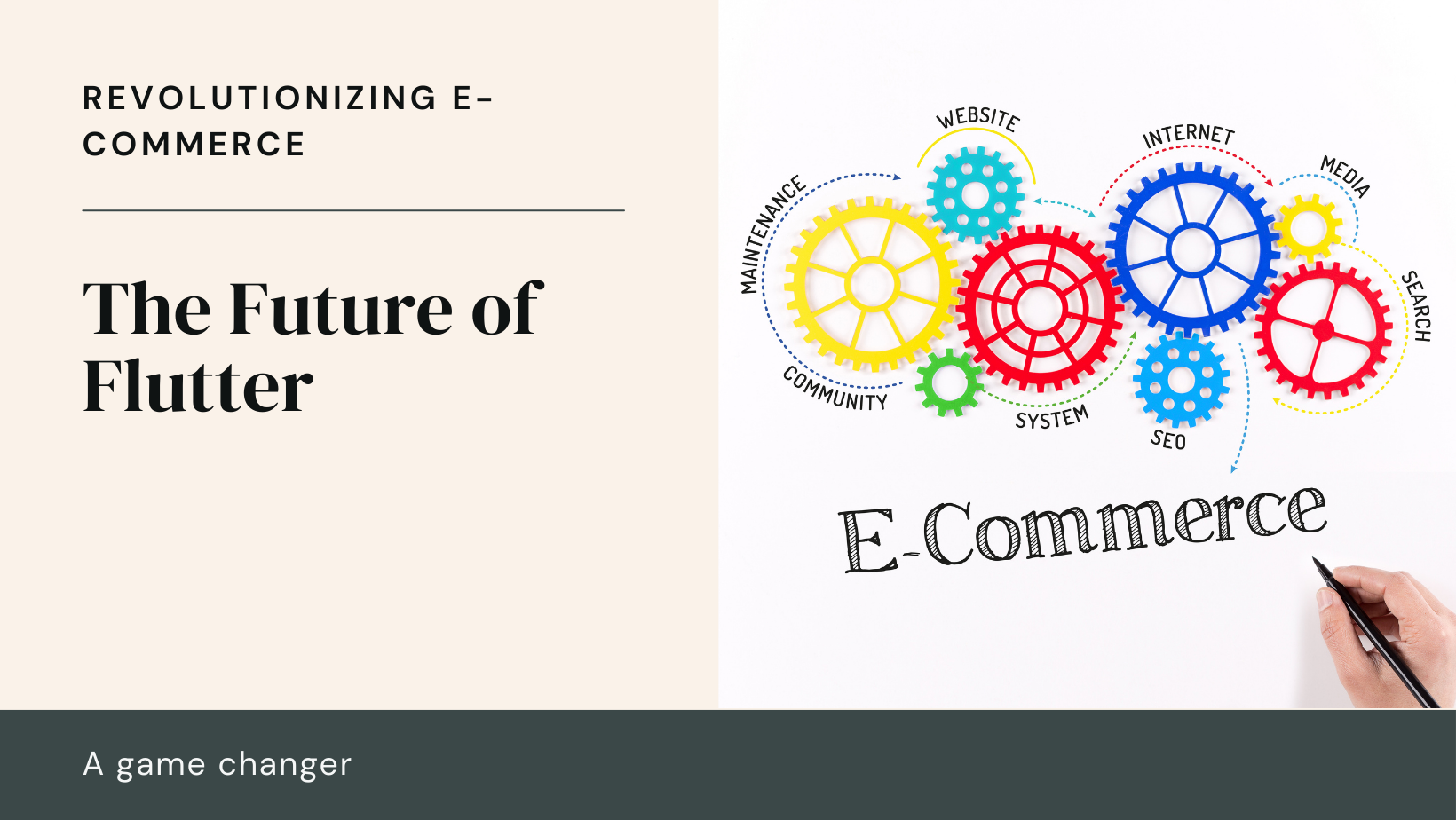In the competitive world of mobile app development, choosing the right framework can significantly impact your project’s success. Flutter, an open-source UI toolkit created by Google, has gained considerable traction for its efficiency and flexibility. Since its introduction, Flutter has become a popular choice for developers aiming to build high-performance applications for both iOS and Android from a single codebase. This blog explores the benefits of using Flutter for mobile development, highlighting why it is an excellent choice for creating modern, scalable, and visually appealing mobile applications.
What is Flutter?
Overview of Flutter
Flutter is a comprehensive UI toolkit designed for building natively compiled applications for mobile, web, and desktop from a single codebase. It leverages the Dart programming language and offers a rich set of pre-designed widgets, enabling developers to create high-quality, visually appealing apps efficiently. With its unique architecture and extensive capabilities, Flutter streamlines the development process and enhances the user experience.
Key Features of Flutter
- Single Codebase: Write your code once and deploy it across both iOS and Android platforms.
- Rich Widgets: Access a wide range of customizable widgets to design stunning UIs.
- Performance: Enjoy near-native performance with Flutter’s compilation to native code.
Benefits of Flutter for Mobile Development
1. Fast Development with Hot Reload
One of Flutter’s standout features is its Hot Reload capability, which allows developers to see changes in real-time without restarting the app. This feature accelerates the development process by enabling:
- Immediate Feedback: Quickly test and iterate on changes, speeding up the development cycle.
- Efficient Debugging: Identify and fix issues faster with real-time updates.
2. Single Codebase for Multiple Platforms
Developing apps for both iOS and Android traditionally requires maintaining separate codebases. Flutter simplifies this by allowing you to:
- Write Once, Deploy Everywhere: Use a single codebase to target both major mobile platforms, reducing development and maintenance costs.
- Consistent User Experience: Ensure a unified look and feel across different platforms, enhancing user satisfaction.
3. Rich Set of Customizable Widgets
Flutter offers a comprehensive collection of pre-designed widgets that can be customized to fit your app’s needs:
- Pre-Built Widgets: Utilize ready-made widgets for common UI elements, reducing development time.
- Custom Widgets: Create custom widgets to meet specific design requirements, offering flexibility and creative freedom.
4. High Performance
Flutter’s performance is one of its most compelling advantages:
- Native Compilation: Flutter apps are compiled directly to native code, leading to faster execution and smoother animations.
- Efficient Rendering: The Skia graphics engine used by Flutter ensures high-quality rendering and minimal performance overhead.
5. Expressive and Flexible UI Design
With Flutter, you can design expressive and flexible user interfaces:
- Customizable UI: Design intricate and highly customizable user interfaces that can adapt to various screen sizes and orientations.
- Animation Support: Easily incorporate complex animations and transitions to create engaging user experiences.
6. Strong Community and Ecosystem
Flutter benefits from a robust and active community, which contributes to its growth and evolution:
- Community Support: Access a wealth of resources, including forums, tutorials, and open-source packages.
- Growing Ecosystem: Leverage a wide range of plugins and packages that extend Flutter’s functionality and integrate with various services.
Use Cases of Flutter
1. Startups and MVPs
Flutter is ideal for startups and businesses looking to develop a Minimum Viable Product (MVP):
- Cost-Effective Development: Save time and resources by building apps for both iOS and Android with a single codebase.
- Quick Prototyping: Utilize Flutter’s fast development cycle to prototype and test your ideas rapidly.
2. Enterprises
Large enterprises benefit from Flutter’s ability to streamline development and maintenance:
- Scalability: Build scalable and maintainable apps that can evolve with business needs.
- Consistent Branding: Ensure a consistent user experience across different platforms, maintaining brand integrity.
3. E-commerce and Retail
For e-commerce and retail businesses, Flutter provides a platform to create engaging and responsive shopping experiences:
- Interactive UI: Design interactive and visually appealing shopping interfaces that enhance user engagement.
- Seamless Integration: Integrate with payment gateways and other services to offer a smooth shopping experience.
Challenges and Considerations
1. Limited Third-Party Libraries
While Flutter has a growing ecosystem, it may still lack some third-party libraries available for native development:
- Library Availability: Evaluate whether Flutter’s existing libraries and plugins meet your project’s needs or if custom solutions are required.
- Community Contributions: Stay updated with community-driven libraries and packages that might bridge any gaps.
2. Learning Curve
Developers new to Dart and Flutter may face a learning curve:
- Language Transition: Dart may be unfamiliar to those coming from other programming languages, requiring some adjustment.
- Framework Complexity: While Flutter’s design is straightforward, mastering its full capabilities takes time and practice.
Future of Flutter
1. Expanding Platform Support
Flutter’s expansion into new platforms promises even greater flexibility:
- Web and Desktop: Future updates are likely to enhance support for web and desktop applications, broadening Flutter’s applicability.
- Integration with Emerging Technologies: Expect advancements in integrating with emerging technologies such as augmented reality (AR) and virtual reality (VR).
2. Continuous Improvement
Google’s commitment to Flutter ensures ongoing enhancements:
- Performance Upgrades: Look forward to improvements in performance and optimization.
- New Features: Anticipate the addition of new features and tools that enhance the development experience and app capabilities.
Conclusion
Flutter has proven itself as a powerful and versatile framework for mobile development, offering numerous benefits including fast development, a rich set of customizable widgets, and high performance. Its ability to streamline the development process for both iOS and Android platforms makes it an attractive choice for startups, enterprises, and various business applications. By understanding Flutter’s strengths and staying informed about its evolving ecosystem, you can leverage its capabilities to build high-quality, engaging, and scalable mobile applications.







